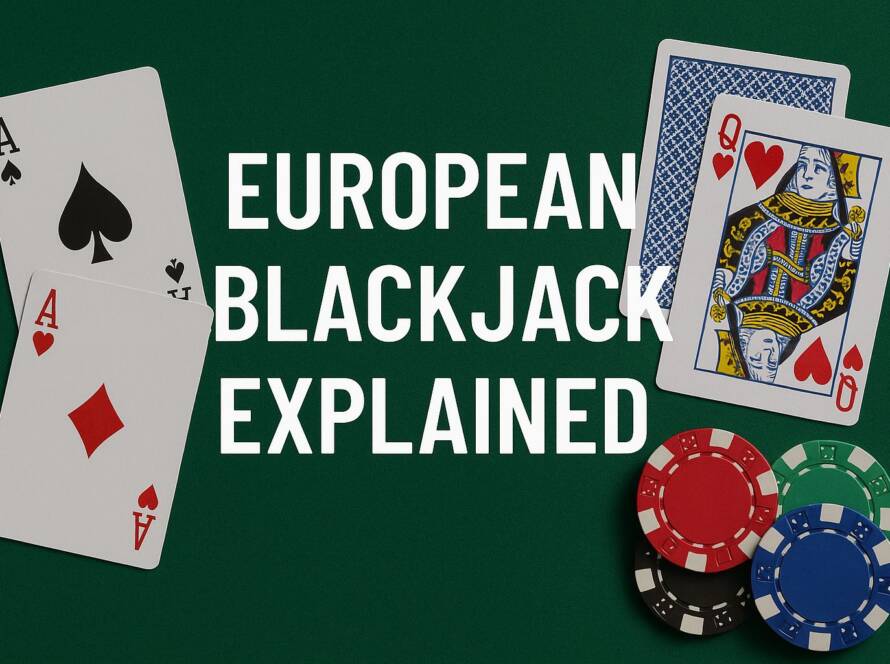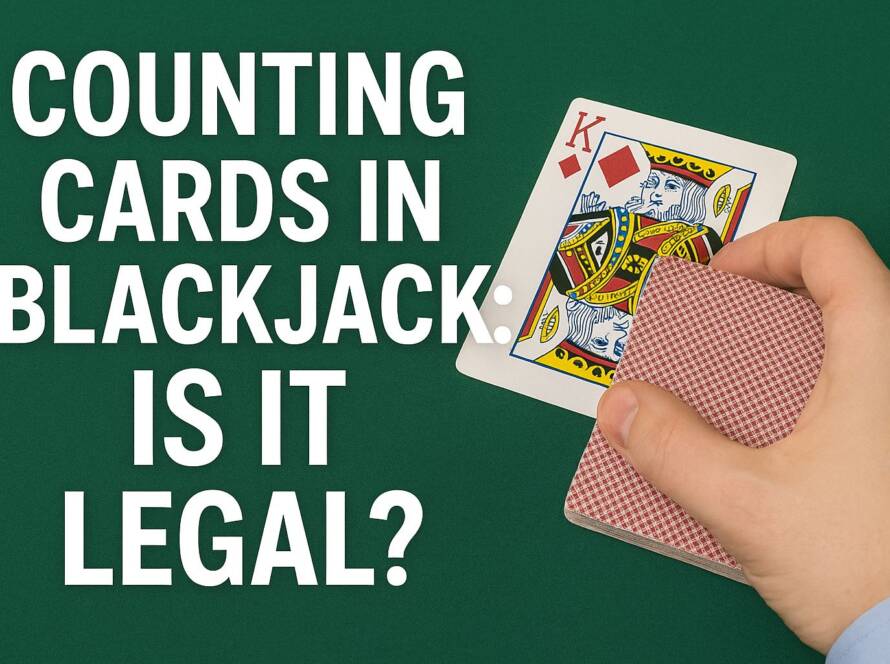Hi there, Emily here! If you’re fascinated by the world of blackjack—or even just a little curious about how the game works under the hood—you’re in the right place. Over my many years playing and analyzing blackjack (both at the tables and behind the scenes), I’ve noticed that one common pitfall even seasoned players run into is misunderstanding the importance of different hand types. Today, we’re diving deep into one of the fundamental concepts: hard hands in blackjack. Whether you’re a rookie or a card-counting veteran, understanding hard hands is a game-changer when it comes to improving your chances and making smart moves at the table.
Table of Contents
- What Are Hard Hands in Blackjack?
- How to Recognize a Hard Hand
- Why Hard Hands Matter in Blackjack
- Basic Strategy for Playing Hard Hands
- Common Mistakes When Playing Hard Hands
- Hard Hands vs. Soft Hands: Recap
- Advanced Tips for Playing Hard Hands
- Conclusion
- Frequently Asked Questions
What Are Hard Hands in Blackjack?
First things first: what exactly are “hard hands” in blackjack—and how do they differ from “soft hands”? It’s a distinction that matters a lot more than you might think (and yes, it affects your odds and strategy on every hand!).
A hard hand is any blackjack hand that either doesn’t contain an Ace, or contains an Ace that can only be counted as 1 without busting. In other words, there’s no flexibility—if your total goes over 21, you bust, no questions asked.
| Hard Hand | Soft Hand | |
|---|---|---|
| Definition | A hand with no Ace, or Ace counts as 1 | A hand where Ace counts as 11, without busting |
| Example | 10 + 8 = 18 | Ace + 7 = 18 |
| Flexibility | No—over 21 is always a bust | Yes—Ace can switch from 11 to 1 |
So if you’re holding, say, a 9 and a 7, you’ve got a “hard 16.” If you have a 7 and Ace, that’s a “soft 18.” Understanding the distinction is where winning strategies begin.
How to Recognize a Hard Hand
Spotting hard hands at the table is easy once you know what to look for. If your two (or more) cards add up and there’s no Ace—or the Ace only counts as 1 to avoid going bust—you’ve got a hard hand.
Examples of Common Hard Hands
- 10 + 6 = Hard 16
- Queen + 2 + 9 = Hard 21
- 5 + 6 = Hard 11
- 8 + 7 + Ace (Ace counts as 1 here) = Hard 16
How to Spot Them During Gameplay
Next time you’re playing blackjack—whether in a glamorous Vegas casino, at crypto casinos, or in your home game—quickly add up your hand. If you’re close to 21 and can’t use the Ace as an 11, it’s a hard hand. This detail is essential for making informed, optimal decisions on your next move.
Why Hard Hands Matter in Blackjack
Here’s where things get interesting. Hard hands significantly influence your tactical choices at the blackjack table. Unlike soft hands, hard hands offer no wiggle room—bust, and it’s game over. That means extra risk and fewer bailout options.
- Impact on Decision-Making: With hard hands, you can’t lean on the flexibility of an Ace. Every choice—hit, stand, double—has weightier consequences. You need to know exactly how your hand stacks up against the dealer’s upcard.
- Influence on Risk and Odds: Since hard hands are less forgiving of mistakes, the odds of busting go up. This keeps both casual players and pros on their toes. The trick? Understanding how to minimize risk—and maximize wins—when the going gets tough.
Basic Strategy for Playing Hard Hands
Ready to level up your blackjack game? Let’s break down the best strategy for hard hands in blackjack. It all comes down to making the math work for you—knowing when to hit, stand, or double down.
When to Hit, Stand, or Double Down
- Hit: Generally, hit if you have a hard hand of 8 or under, or 12-16 when the dealer shows 7 or higher.
- Stand: Stand on hard 17 or above, or 13-16 if the dealer shows 2-6.
- Double Down: Hard 9, 10, or 11 against dealer’s lower cards are prime double-down candidates (if rules allow).
Dealer’s Upcard Makes All the Difference
The dealer’s visible card is your best clue for crafting the right move. Is the dealer showing a 2 through 6? They’re more likely to bust, so you should get more aggressive with standing or doubling down. If they have a 7 through Ace, prepare to get more defensive—and more likely to hit.
Example Scenario
Let’s say you have a hard 15 (10 + 5) and the dealer is showing a 10. The right play, according to basic blackjack strategy, is to hit—your odds of losing are already high, but standing won’t improve your chances much. However, with the same hard 15 and the dealer shows a 5? Now you stand and hope the dealer busts.
Common Mistakes When Playing Hard Hands
Even experienced players sometimes fumble with hard hands—falling into costly traps that can be easily avoided with a bit of discipline and awareness.
- Standing Too Early: Standing on hard 12 against a dealer’s 10 is a classic blunder. The odds are against you if you don’t take another card.
- Hitting Too Much: On the flip side, hitting recklessly on hard 16 against a low dealer upcard often leads to disaster.
- Misunderstanding Doubling: Players sometimes try to double down in the wrong situations—like hard 12 or 13—when it’s far from optimal.
Hard Hands vs. Soft Hands: Recap
Let’s summarize the key differences and the best approach to each:
| Scenario | Hard Hand Strategy | Soft Hand Strategy |
|---|---|---|
| 8 or less | Always hit | Always hit |
| 9, 10, 11 | Double on dealer’s 2-6 (when allowed) | Double or hit depending on dealer’s card |
| 12-16 | Stand if dealer shows 2-6; otherwise hit | Hit or double depending on total |
| 17+ | Always stand | Usually stand, but depends on the dealer’s card |
Advanced Tips for Playing Hard Hands
Once you’ve mastered the basics, you can start tweaking your tactics for even better results. Here are a few tips straight from my own playbook:
- Card Counting: If the table is hot (lots of low-value cards gone), be cautious with marginal hard hands. The odds shift, so your next move might change!
- Table Variations: Rules can vary between casinos—whether it’s your local spot or an online venue, always check the house rules for double downs, splits, and number of decks.
- Adapt to Casino Trends: Crypto casinos offer lightning-fast games and sometimes unique rule twists. Be flexible and ready to adjust your hard hand strategy accordingly.
Conclusion
Take it from me—Emily—understanding hard hands in blackjack is absolutely key if you want to play at your best. Knowing when you’re stuck with a hard hand (and how to handle it!) is something both new and advanced players must master. Start by recognizing your hand type every round, trust in solid strategy, and adjust as you pick up experience. And remember, every session is a new chance to practice, learn, and win.
If you’re ready to put these insights to the test, next time you’re at your favorite blackjack table, pay close attention to your hard hands—they’re the secret weapon in every sharp player’s arsenal. Let’s keep those cards in your favor!
See you at the tables,
Emily
Frequently Asked Questions
What is a hard hand in blackjack?
A hard hand in blackjack is any hand in which an Ace counts as 1 (or there’s no Ace at all), making the hand vulnerable to busting if you go over 21. Unlike a soft hand, there’s no flexibility to treat the Ace as 11.
Should you always hit on a hard 12?
No, not always. Basic strategy says you should hit on a hard 12 if the dealer shows a 2, 3, 7, 8, 9, 10, or Ace. If the dealer shows a 4, 5, or 6, it’s better to stand—you want to give the dealer a chance to bust.
Can you split hard hands?
Splitting is based on having a pair, not on whether it’s a hard or soft hand. For example, two 8s form a hard 16, and splitting is often the best move here. But the nature of “hard” or “soft” isn’t what determines if you can split—it’s the pair itself.


